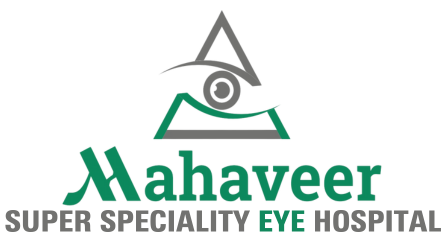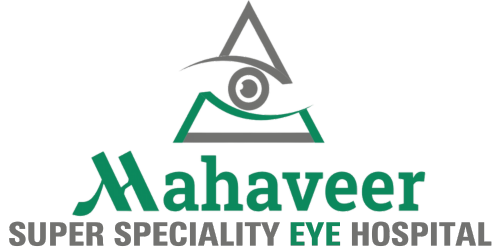Age-Related Macular Degeneration (AMD) is a common eye condition that primarily affects older adults, leading to a gradual loss of central vision. This condition impairs the macula, the part of the retina responsible for sharp, central vision needed for tasks such as reading, driving, and recognizing faces. AMD is a leading cause of vision loss, and understanding its symptoms, prevention strategies, and treatment options is crucial for maintaining eye health as we age.
Symptoms of Age-Related Macular Degeneration
AMD typically develops slowly and may not present noticeable symptoms in its early stages. However, as the condition progresses, several symptoms may become apparent:
- Blurred or Distorted Central Vision: One of the earliest signs of AMD is blurred or distorted vision in the central field of view. Straight lines may appear wavy, and detailed vision, such as reading or recognizing faces, becomes challenging.
- Difficulty Adapting to Low Light: Individuals with AMD may struggle to see clearly in dim lighting conditions, affecting activities like reading in low light or adjusting to different lighting environments.
- Dark or Empty Spots in Vision: As AMD advances, dark or empty spots may appear in the central vision. These areas of missing vision can make everyday tasks increasingly difficult.
- Color Perception Changes: Changes in color perception, where colors appear less vibrant or distinct, can also indicate the presence of AMD.
Prevention Strategies for AMD
While there is no guaranteed way to prevent AMD, several lifestyle changes and preventive measures can help reduce the risk of developing this condition:
- Healthy Diet: A diet rich in antioxidants, vitamins, and minerals can support eye health. Foods high in vitamins C and E, zinc, and omega-3 fatty acids, such as leafy greens, fish, and nuts, are known to promote macular health and may lower the risk of AMD.
- Regular Eye Exams: Regular comprehensive eye exams are essential for early detection and management of AMD. Early intervention can slow the progression of the disease and preserve vision. If you are over 50 or have a family history of AMD, it’s crucial to have your eyes examined regularly.
- Protecting Eyes from UV Rays: Prolonged exposure to ultraviolet (UV) light can contribute to the development of AMD. Wearing sunglasses with UV protection and a wide-brimmed hat can help shield your eyes from harmful UV rays.
- Maintaining a Healthy Lifestyle: Quitting smoking and managing health conditions such as hypertension and high cholesterol can reduce the risk of AMD. Smoking, in particular, is a significant risk factor for AMD and quitting can have a positive impact on overall eye health.
Treatment Options for AMD
AMD can be classified into two types: dry AMD and wet AMD. Each type has distinct treatment approaches:
- Dry AMD: This is the most common form of AMD and is characterized by the gradual breakdown of the macula. There is currently no cure for dry AMD, but certain treatments can help manage the condition. Nutritional supplements containing antioxidants, vitamins, and minerals have been shown to slow the progression of dry AMD in some patients.
- Wet AMD: Wet AMD is less common but more severe, involving the growth of abnormal blood vessels under the retina, which can leak fluid and cause rapid vision loss. Treatments for wet AMD include anti-VEGF (vascular endothelial growth factor) injections that target and inhibit the growth of these abnormal blood vessels. Laser therapy and photodynamic therapy are also options for managing wet AMD.
At Mahaveer Eye Hospital, we are committed to providing comprehensive care for AMD patients. Our team of skilled ophthalmologists uses advanced diagnostic tools and treatments to manage AMD effectively and preserve vision. Regular eye exams and early intervention are key to managing this condition and maintaining a good quality of life.
If you experience any symptoms of AMD or are concerned about your eye health, schedule a consultation with us today. Our dedicated team is here to support you with personalized care and the latest advancements in eye treatment.




Leave A Comment